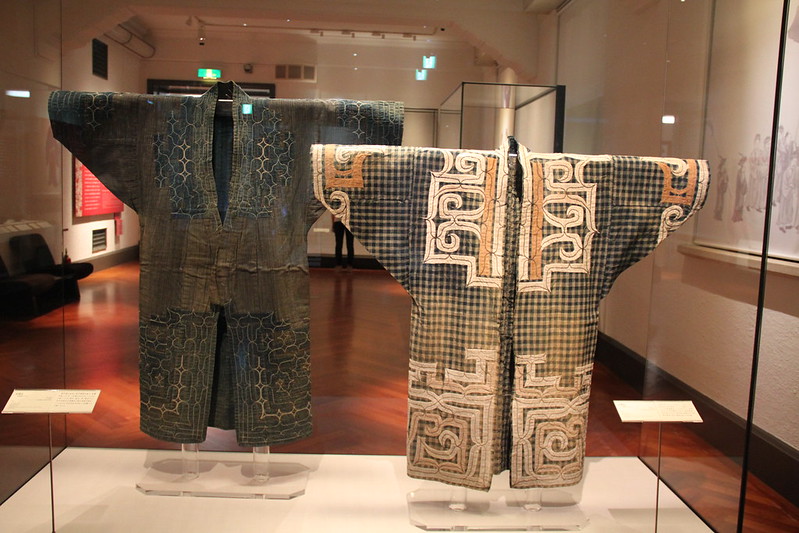Challenges and Progress of the Ainu People in Japan
 Japan, renowned for its natural beauty and rich cultural traditions, is also home to the Ainu, an indigenous people native to the country’s northern regions. Traditionally, the Ainu inhabited northern Honshu, Japan’s main island, as well as Hokkaido, Sakhalin and the Kuril Islands, the latter two of which are still in a longstanding territorial dispute with the Russian Federation. Currently, most Ainu reside in Hokkaido.
Japan, renowned for its natural beauty and rich cultural traditions, is also home to the Ainu, an indigenous people native to the country’s northern regions. Traditionally, the Ainu inhabited northern Honshu, Japan’s main island, as well as Hokkaido, Sakhalin and the Kuril Islands, the latter two of which are still in a longstanding territorial dispute with the Russian Federation. Currently, most Ainu reside in Hokkaido.
Recognition and Rights of the Ainu
Despite their unique language and culture, the Ainu did not receive formal recognition from the Japanese government until 2008, when the Japanese Diet passed legislation acknowledging them as indigenous people. However, it took another 11 years until 2019 for the Ainu to gain recognition as the native people of Hokkaido.
Historically, past actions of the Empire of Japan during the Meiji Period from 1868 until 1912 made life very difficult for the Ainu and they are still recovering from the consequences at the moment. During this era, the government forbade the Ainu language in schools and banned its traditional hunting and fishing practices. These restrictions quickly marginalized the Ainu socially and economically. In an attempt at rectification in 1899, the government allocated land to the Ainu for farming, but the best farmlands in the region had already been stripped from the Ainu and given to Japanese settlers decades prior.
Economic and Social Advancements
Since the end of World War II, the lives of the Ainu have gradually improved. Organizations such as the Ainu Association of Hokkaido, formed by the Ainu in the 1940s, have strived to overcome the marginalized status of the Ainu. This includes environmental improvement projects and joint workshops in areas inhabited by the Ainu.
In 2006, a study by the Hokkaido government suggested that the economic living conditions of the Ainu had improved. A decrease in the number of tax-exempt Ainu households in the region suggested that median income had increased amongst the Ainu. The study also revealed that the number of Ainu receiving government assistance had also declined. This meant that the income gap between the Ainu and Japanese peoples had also reduced.
Educational Achievements and Challenges
In addition to economic improvement, the Ainu have also experienced improvements in access to education in recent years. In 1972, only 41.6% of Ainu attended high school compared to 78.2% amongst Japanese people. This number has significantly increased to 92.6% of Ainu attending high school in 2013. However, that is still behind the number of Japanese in high school at 98.6%. Similarly, the number of Ainu people attending college has risen from 8.8% in 1979 to 25.8% in 2013. While a great improvement, this falls well short of the 42% national average for college attendance.
Looking Ahead
Recent advancements have significantly improved the Ainu people’s economic conditions and access to education in Japan. Although progress is evident, disparities remain, with Ainu high school and college attendance rates still trailing national averages. Continued efforts are essential to close these gaps and ensure the Ainu community achieves full social and economic equality.
– Kaleb Boyer
Kaleb is based in Flint, MI, USA and focuses on Good News and Global Health for The Borgen Project.
Photo: Flickr
